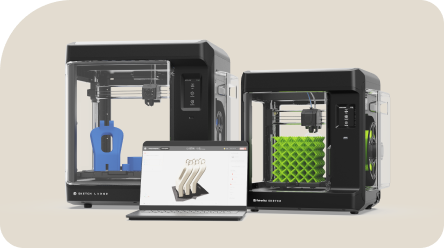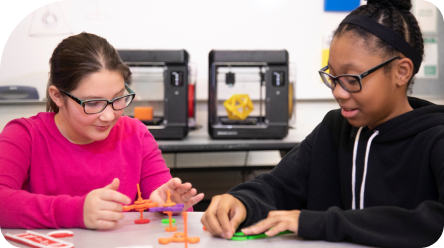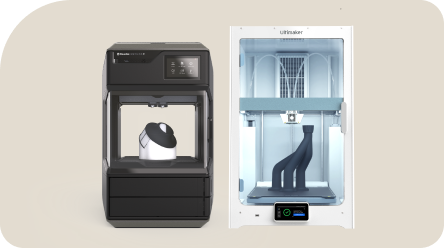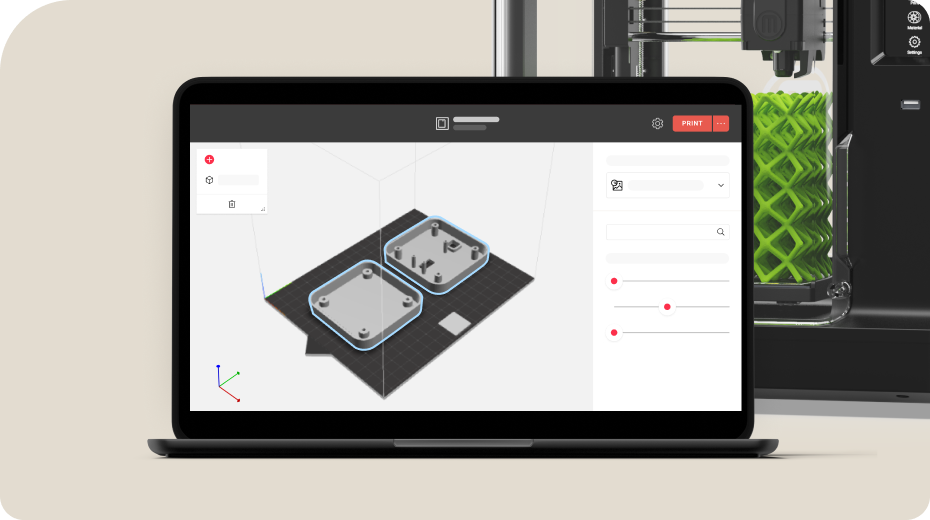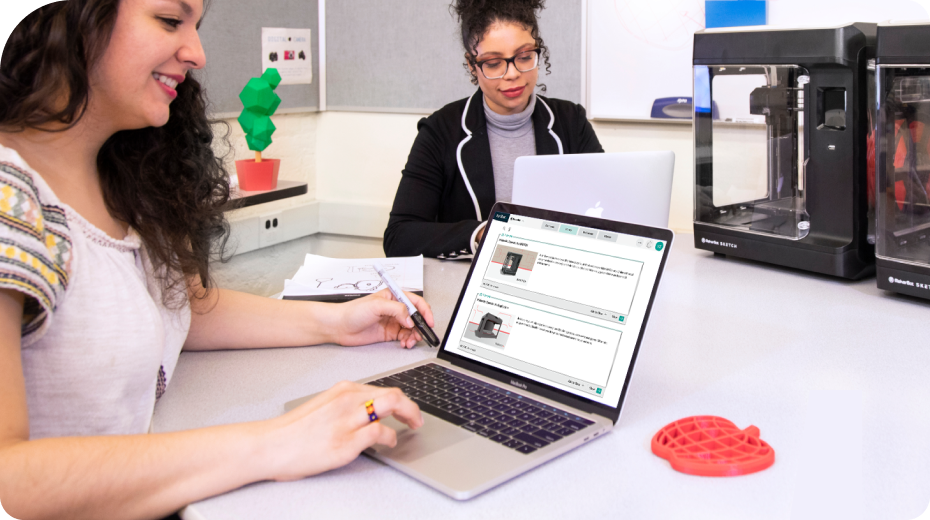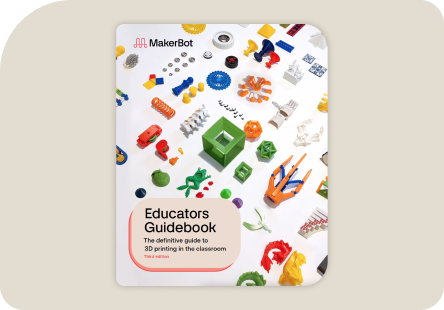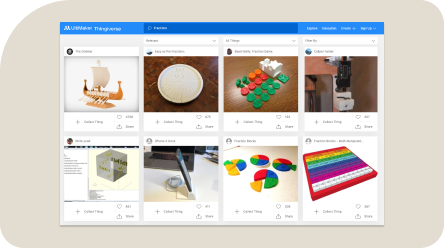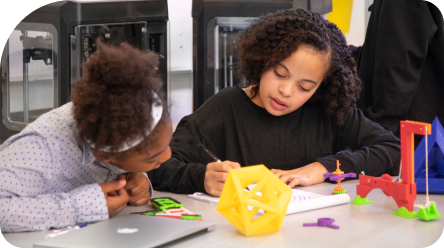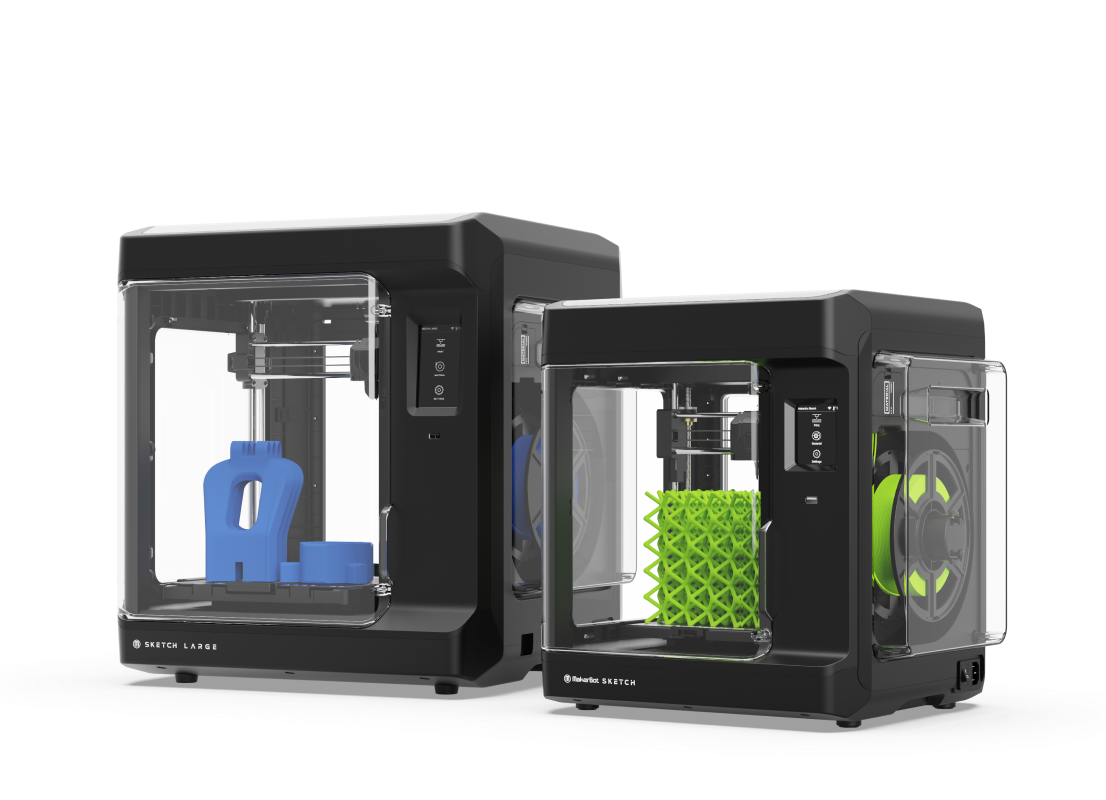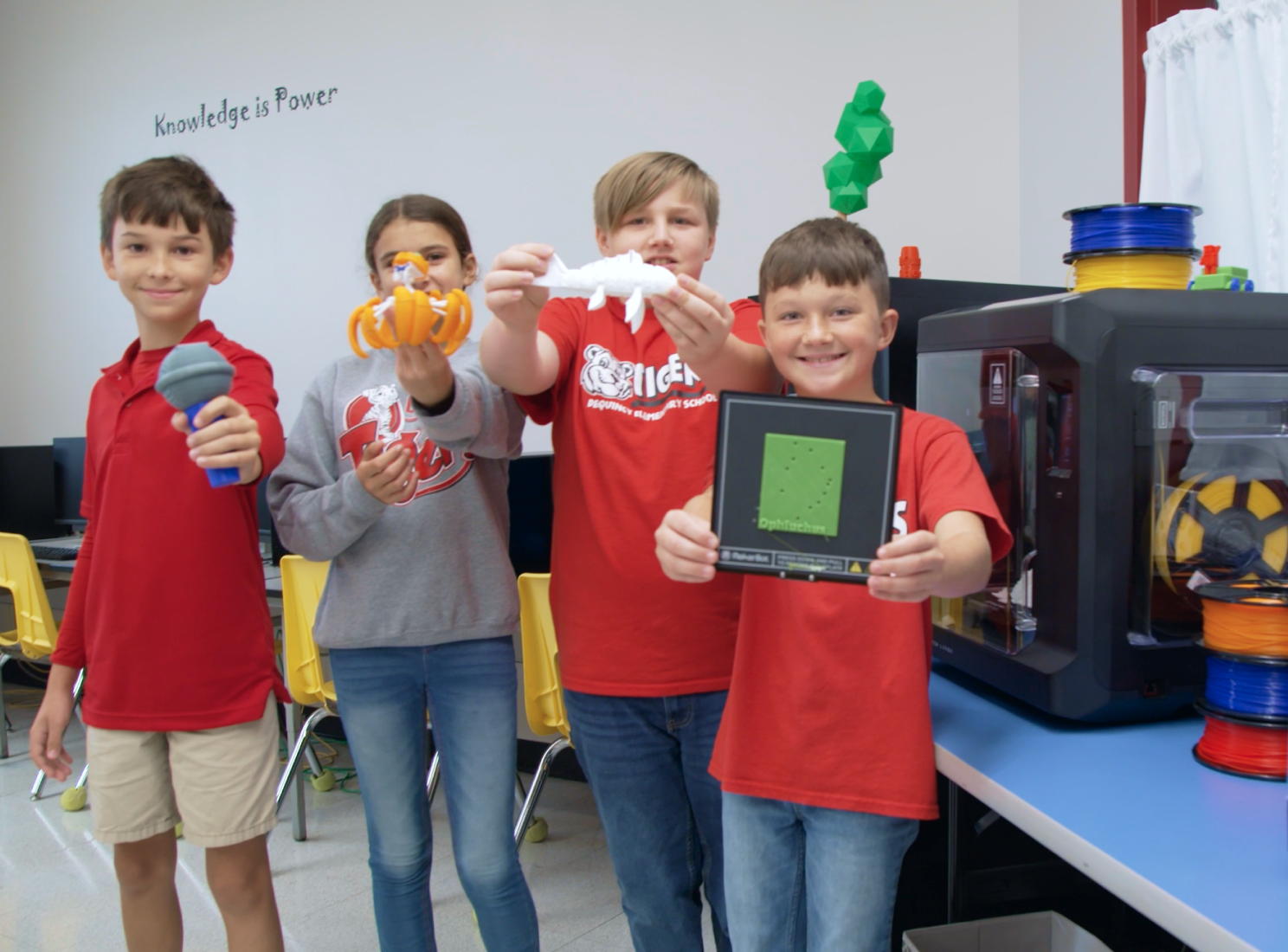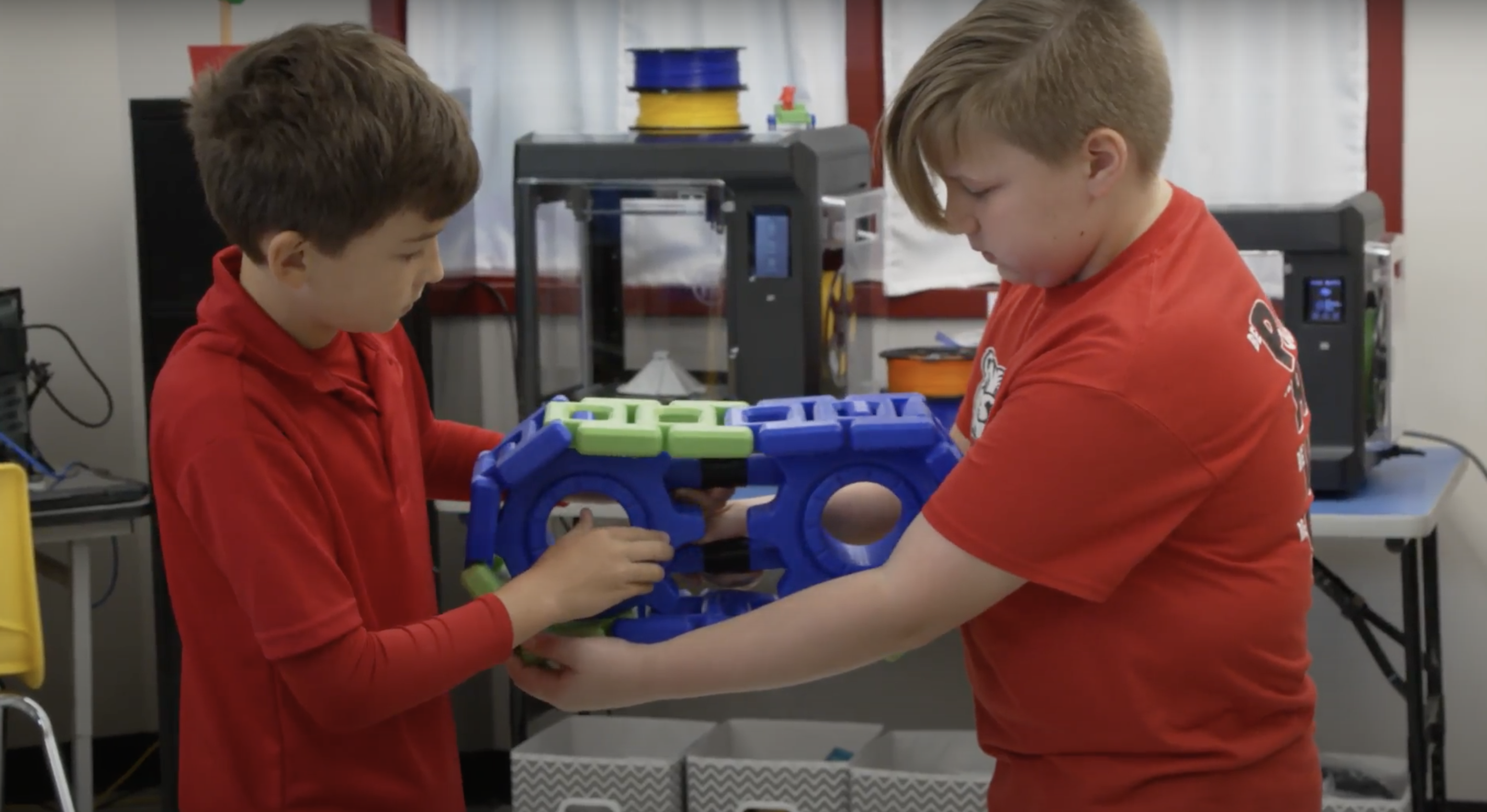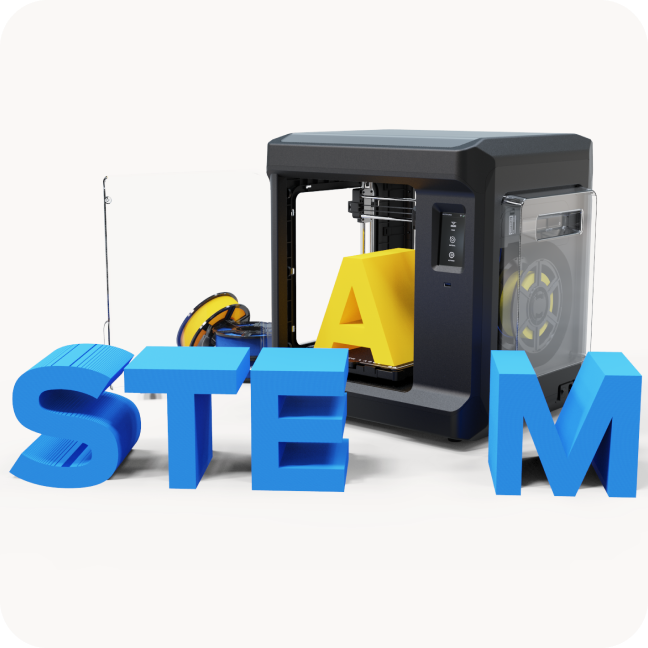In an ever-evolving educational landscape, adaptability and innovation are key to preparing students for success in the 21st century. The Calcasieu Parish School Board, located in Lake Charles, Louisiana, has embraced and fostered a culture of innovation districtwide, deploying 400 MakerBot Sketch 3D printers across the entire district.
Calcasieu Parish School Board has over 55 elementary, middle, and high schools, with 25,000+ students, 2,500+ teachers, and 4,500+ employees.
Superintendent Shannon LaFargue's approach to integration was both top-down and bottom-up, emphasizing decentralized control and autonomy for teachers. The district provides support resources, professional development, and training to empower teachers to integrate technology and foster an entrepreneurial spirit in the classroom.
LaFargue's vision for 3D printing went beyond creating tangible objects. "It's not just making something with a 3D printer. That's an outcome. It's what goes into that. The thought process, the critical thinking, the design thinking, the outside-of-the-box thinking. It’s all of that,” he said.

Implementing 3D Printing in Education
Through Title I funding, the district was able to implement a significant project that would support the objectives of the schools and the goals for the district.
John Spikes, the district’s Federal Programs Director, noted the important role of federal funding in making 3D printing accessible to all students. "We wanted to ensure equal opportunities for all students, leading us to implement the program on a large system-wide basis. This approach also guarantees professional development for teachers and access to high quality education for our students."
Kim Leblanc, Chief Technology Officer of Calcasieu Parish School Board, further explained, "We wanted a tool that could impact classrooms across grade levels and curriculum, driving students to design, create, think, and problem-solve. 3D printing emerged as the ideal choice.”
Leblanc continued,
"We chose the MakerBot Sketch for its versatility, quiet operation, and suitability for small classrooms. We were already familiar with MakerBot, their support, and their troubleshooting capabilities. MakerBot's extended warranties, on-site support, and consistent follow-ups met our expectations for a large-scale rollout."
Implementing 400 3D printers districtwide was not just about innovation; it was about equity and access.
"We wanted the printer to become an integral part of the classroom culture and learning experience. This approach ensures accessibility across curriculums and eliminates barriers, making it a seamless part of the students' educational journey,” Leblanc emphasized.

The strategic placement of 3D printers directly within classrooms serves as a pivotal factor in maximizing students’ educational impact and ensuring students of all backgrounds have the opportunity to thrive.
Taylor Marcantel, Special Needs teacher at DeQuincy Elementary School, reflected on the impact MakerBot Sketch 3D printers have had on her students,
"Having the printer in my classroom has really helped my kids take responsibility for their own learning because it's something tangible that they could bring home with them. Something that they can go home and say, hey mom, look what I did."

Supporting and Empowering Educators
Pam Nicholson, instrumental in designing and implementing the training program, noted the extensive planning and hands-on guidance provided to their teachers. Recognizing the magnitude of the undertaking with 400 teachers, the training was structured to empower educators with the necessary skills and knowledge.
"We knew 3D printing training could be a combination of face-to-face training and some webinars," Nicholson explains. Face-to-face sessions focused on practical aspects such as printer setup and basic operation, ensuring teachers felt confident in handling the equipment independently."
Webinars focused on nurturing a deeper understanding of the design thinking process. "We went through design thinking and talked to the teachers about all the aspects that go into that, really focusing on how to learn from mistakes and failures," Nicholson elaborated. From troubleshooting printer issues to introducing fundamental design terminology, every aspect was addressed to equip teachers with the tools for success.
The training dived into curriculum integration, emphasizing the seamless incorporation of 3D printing across various subjects. "Our teachers are constrained, and they need to follow the standards and the benchmarks," Nicholson emphasized. By developing task cards outlining project objectives and steps, educators were able to seamlessly weave 3D printing into existing curricular frameworks.
Beyond the initial training phase, ongoing support mechanisms were established to ensure sustained success. A dedicated Microsoft Teams channel provides a platform for teachers to seek assistance and share insights, fostering a collaborative learning community. Additionally, onsite trainers offer personalized support, bridging the gap between virtual and in-person interactions.
The integration of 3D printing has not only impacted students but also pushed teachers to embrace new technologies. Leblanc noted, "Teachers have been pushed into new development, using tools like Tinkercad, and facilitating activities for students."

Preparing Students for the Future
Leblanc noted the spark of creativity ignited within classrooms. She anticipates students transitioning their 3D printing skills into entrepreneurial ventures, epitomizing the district's commitment to fostering innovation.
Looking ahead, LaFargue envisions a future where students are equipped with the skills and mindset to excel in an ever-changing world. "What's imperative for us is continuing to build on those skill sets. How do we continue to offer new technology to challenge the second grader, the third grader, the fourth grader?" LaFargue's also sees this extend beyond the district, preparing students for higher education and the workforce.

The district is exploring avenues to extend this learning experience to older grades and ensure a continuum of innovation as students progress through their academic journey.
LaFargue concluded,
"If you're talking about global citizenship, global competition, you have to have design thinking embedded in how you approach whatever it is that you're going to do. Because if you do, you will have a competitive advantage. We want our kids to have a global competitive advantage. That's why we call our type of education, a world class education."
